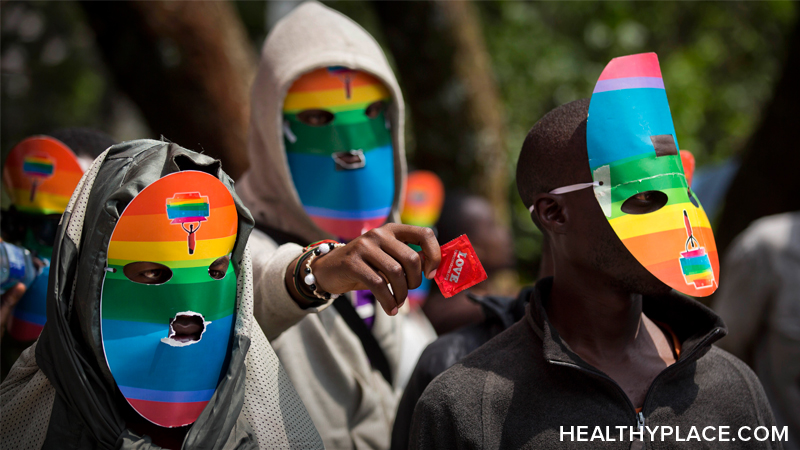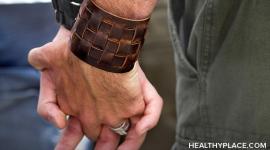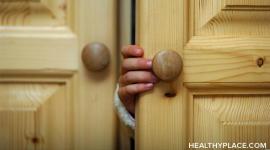Internalized Homophobia: Homophobia Within

Homophobia is fear of, or hostility towards, homosexuality and internalized homophobia is the presence of these feelings within oneself. Put another way, internal homophobia (also known as internalized sexual stigma) is the endorsement of sexual stigma as a part of someone's core values. Internalized homophobia can be experienced by any non-heterosexual, including bisexuals.
Homophobia, gay discrimination and stigma, is commonly seen in certain segments of the population and can be seen in acts of homosexual discrimination, teasing, gay bullying, gay bashing, anti-gay joking and in negative attitudes towards those who are not heterosexual. Internalized homophobia is harder to see because it exists within a person who is gay.
It's critical to positively deal with internalized homophobia as its presence can prevent people from seeking appropriate healthcare, having intimate partners and living full and happy lives, and increase their risk of developing mental illness such as a substance use or an eating disorder.1
Examples of Internalized Homophobia
Several instruments have been developed to measure internal homophobia including the IHP scale developed by Laura Dean. This scale asks people to agree or disagree with statements such as:2
- I have tried to stop being attracted to the same sex in general.
- If someone offered me the chance to be completely heterosexual, I would accept the chance.
- I wish I weren't gay/lesbian/bisexual.
- I feel that being gay/lesbian/bisexual is a personal shortcoming for me.
- I would like to get professional help in order to change my sexual orientation to straight.
- I have tried to become more sexually attracted to the opposite sex.
- I often feel it best to avoid personal or social involvement with other gay/lesbian/bisexuals.
- I feel alienated from myself because of being gay/lesbian/bisexual.
- I wish that I could develop more erotic feelings about the opposite sex.
Agreement to any of these statements indicates internalized homophobia.
In one study done using the IHP scale, it was found that lesbians had the least internalized homophobia followed by homosexual men, then bisexual women. Bisexual men showed the greatest amount of internal homophobia.
Dealing with Internal Homophobia
There are many ways to overcome internal homophobia but the most important step is recognizing it exists. Once you understand that you feel internalized stigma, you can work to fight it.
It's critical to realize that internalized homophobia is a result of cultural programming that espouses negative views against homosexuality. But you don't have to believe in these negative stereotypes. You have to realize that being homosexual is, at least in part, genetic – absolutely not an illness – and that you didn't ask to be this way and you can't control it any more than you can control the color of your eyes.3
"Coming out gay" is also a way of overcoming internal homophobia. By telling someone supportive of your sexuality, you can find external validation about who you are and what you're going through.
Finally, if the idea of dealing with internal homophobia is simply too distressing, professional help is always available. Openly gay or gay-positive therapists can help you work through the feelings of internalized homophobia and create the positive self-worth that you deserve.
APA Reference
Tracy, N.
(2022, January 10). Internalized Homophobia: Homophobia Within, HealthyPlace. Retrieved
on 2025, April 15 from https://www.healthyplace.com/gender/gay/internalized-homophobia-homophobia-within



